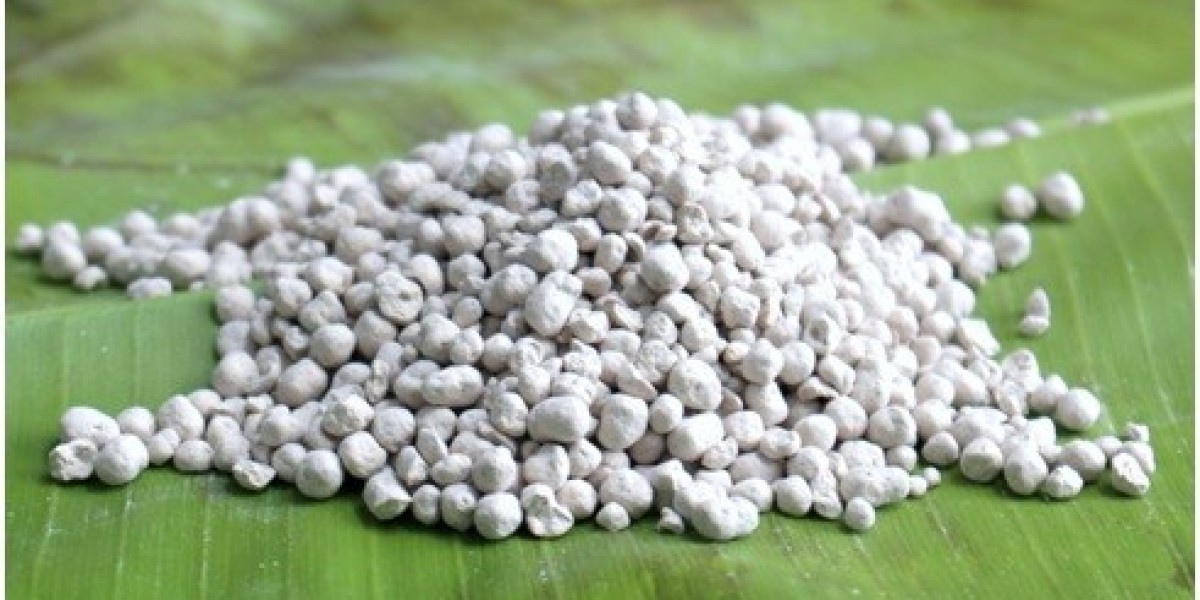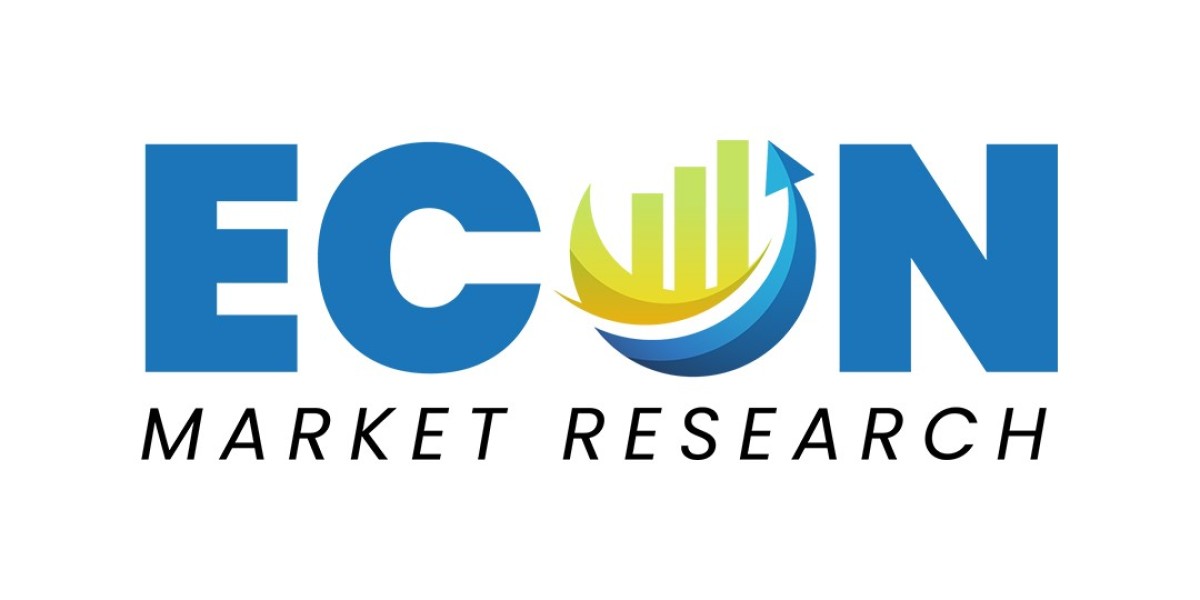Introduction
Modern agriculture is constantly evolving. Farmers and researchers alike are always hunting for new ways to boost crop yield, improve plant health, and make farming more sustainable. One of the rising stars in this field? Silicon fertilizer and the same element used in electronics is making waves in agriculture—and for good reason.
Understanding Silicon in Agriculture
What is Silicon?
Silicon is the second most abundant element in Earth’s crust. While it's not officially classified as an essential nutrient for most plants, it’s increasingly recognized for its beneficial effects on plant growth and resilience.
Is Silicon Essential for Plants?
Technically, no. But in practice? It might as well be. Silicon doesn't directly take part in photosynthesis or other metabolic processes, but it plays a supportive, game-changing role in strengthening plant structures and boosting their natural defenses.
Sources of Silicon for Plants
Silicon fertilizers come in various forms—potassium silicate, calcium silicate, sodium silicate, and more. These can be added directly to soil or sprayed on leaves, depending on the crop and need.
How Silicon Fertilizer Works
Mechanism of Action in Plants
Once absorbed, silicon is transported to areas of active growth and deposited as solid silica bodies, reinforcing cell walls. Think of it as armor-plating for plants.
Silicon Uptake and Accumulation
Different plants absorb silicon at different rates. Rice, for instance, is a high accumulator, while others like tomato are more modest in their uptake.
Soil Interaction and Bioavailability
Silicon’s availability in soil depends on pH, moisture, and microbial activity. Amending soil with silicon-rich fertilizers can enhance its long-term fertility.
Benefits of Silicon Fertilizer
Enhancing Crop Yield
Studies show that silicon application can increase yields by 10-30%, especially in crops like rice and sugarcane.
Improving Resistance to Biotic Stress
Pest Resistance
Silicon toughens up the plant's epidermal layer, making it less appetizing to pests like leafhoppers and stem borers.
Disease Resistance
It also boosts the production of antimicrobial compounds, helping plants ward off fungal infections and bacterial diseases.
Mitigating Abiotic Stress
Drought Tolerance
Silicon helps regulate transpiration and improves water-use efficiency, keeping plants hydrated longer during dry spells.
Salt Stress Management
Salinity is a huge problem in agriculture. Silicon has been shown to reduce sodium uptake and protect root membranes under salt stress.
Structural Strength and Longevity
Silicon-reinforced plants stand tall—literally. They’re less likely to lodge or collapse, especially in wind or rain-heavy conditions.
Improving Nutrient Uptake
It helps plants make better use of key nutrients like nitrogen, phosphorus, and potassium, reducing the need for excessive chemical fertilizers.
Application of Silicon Fertilizers
Methods of Application
Soil Application
Incorporating silicon into soil ensures long-term availability. It’s ideal for field crops and orchards.
Foliar Sprays
Quick and effective—perfect for stress management during critical growth stages.
Timing and Dosage
Best applied at early growth stages or before expected stress periods. Dosage varies by crop and product type.
Compatibility with Other Inputs
Silicon can be used alongside other fertilizers and pesticides but should not be mixed haphazardly. Always check compatibility.
Crops That Benefit Most from Silicon
Rice
The poster child for silicon. Silicon improves yield, lodging resistance, and grain quality in paddy fields.
Sugarcane
It strengthens stalks and enhances sugar content, leading to better harvest quality.
Wheat and Barley
Improves root development and resistance to fungal diseases like powdery mildew.
Horticultural Crops
Tomatoes, cucumbers, and strawberries all benefit from stronger tissues and fewer disease outbreaks.
Research and Case Studies
In Brazil, farmers using silicon on sugarcane reported a 25% increase in yield and reduced fertilizer usage. In Asia, rice fields treated with silicon showed fewer pest infestations and better grain quality.
Environmental and Economic Impact
Reducing Chemical Dependency
With improved resistance and nutrient use, farmers can cut down on pesticides and synthetic fertilizers.
Sustainable Farming Benefits
Silicon supports eco-friendly agriculture, boosting yields while protecting the environment.
Challenges and Considerations
Not Universally Needed
Not all soils are silicon-deficient, and not all crops respond equally.
Misapplication Risks
Overuse or incorrect application can lead to nutrient imbalances or wasted inputs.
The Future of Silicon in Agriculture
Innovation in Fertilizer Tech
Researchers are working on nano-silicon fertilizers and slow-release formulas for targeted application.
Policy and Market Adoption
Governments and agri-businesses are beginning to recognize and promote silicon as a key input in sustainable farming strategies.
Conclusion
Silicon may not be a silver bullet, but it's pretty close. With benefits ranging from higher yields to better stress tolerance, it’s clear that silicon fertilizer has a valuable role in the future of agriculture. As more farmers adopt this mineral booster, we can expect healthier crops, happier farmers, and a greener planet.









